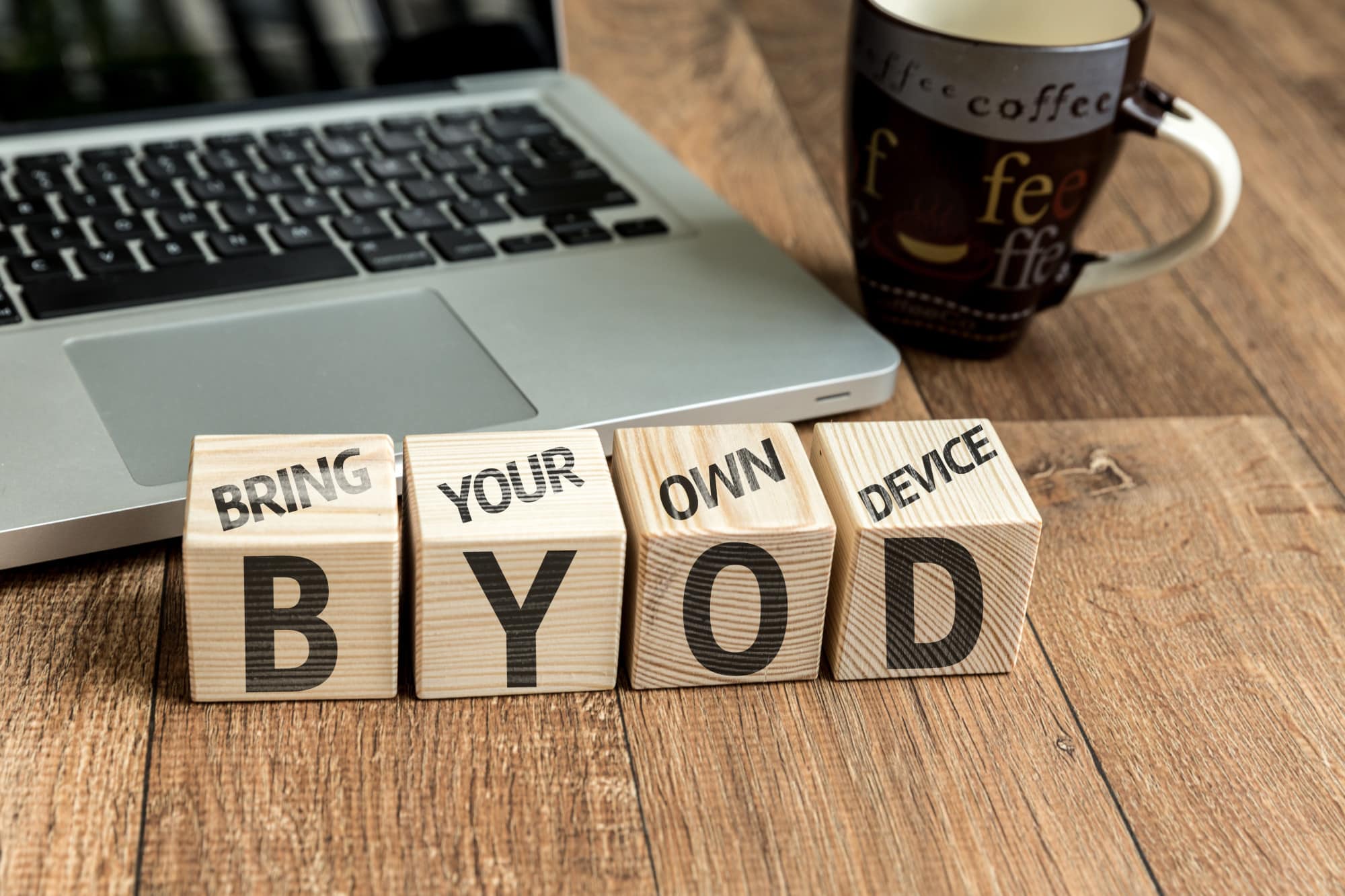BYOD refers to “Bring Your Own Device’” and is a practice of permitting employees to bring their own devices to work. They are allowed to connect to the company’s software, networks or information with these devices.
This practice has become a huge trend given the many benefits it offers to the company. Almost 95% of companies with at least 1000 employees allow their employees to bring their devices to work.
With the many benefits comes with a lot of security breaches for the organization. Are you considering bringing your own tech to work? Consider the following BYOD risks for security.
Data Leakage
Mobile phones and tablets are the most vulnerable to attacks. Whether your employees need access to their corporate emails or payroll information, data can be lost or leaked. Connecting your device to public wireless hotspots leads to exposure of sensitive data.
This leaves your company and security systems vulnerable to attacks. Companies ought to have a smart way of minimizing access to sensitive data for optimal data security.
Hacking
Bringing personal devices to work means that the company has no control of what devices are being used, thus exposing it to hackers. Employees don’t use the right security procedure when downloading applications to their devices.
The devices contain privacy issues and poor data encryption. This coupled up with lack of anti-virus or a firewall creates severe security holes.
Lost Devices
This has to be the biggest BYOD risk because the company has no control over it. When an employee device gets stolen or lost, the data saved in their devices is at risk of a security breach.
It’s important that the employee notifies their company so that systems in place to encrypt the data. In this case, it’s always encouraged to use passwords or pin codes for devices to secure yourself against these threats.
Malware
It’s difficult for people to detect malware because it mimics legitimate applications. They are riskier for laptop and desktop users as most users don’t check the authenticity of the apps while downloading them.
The malware is downloaded as normal applications or as free software which can use your camera or GPS for a harmful purpose. They can result in unwanted surveillance, unexpected data charges or loss of work and personal information.
Mixing Business and Personal Use
BYOD risks people using the same device for work and their personal use. You can try your best to educate your employees on the risk of mixing these two up but you cannot control them.
These include times when they are at home, or when a friend borrows them their device for use. A company can gain access to critical file systems enabling them to detect any negative changes and act on them immediately.
How to Deal with BYOD Risks
BYOD practice isn’t simple. It presents numerous benefits and challenges as well. Risks are minimal if the company is allowed to access the employees’ devices. This will allow them to modify security systems according to different users.
Training should be provided to ensure that employees recognize problematic applications and get rid of risky ones. Contact us to get IT solutions that are tailored to help you reduce BYOD risks.

